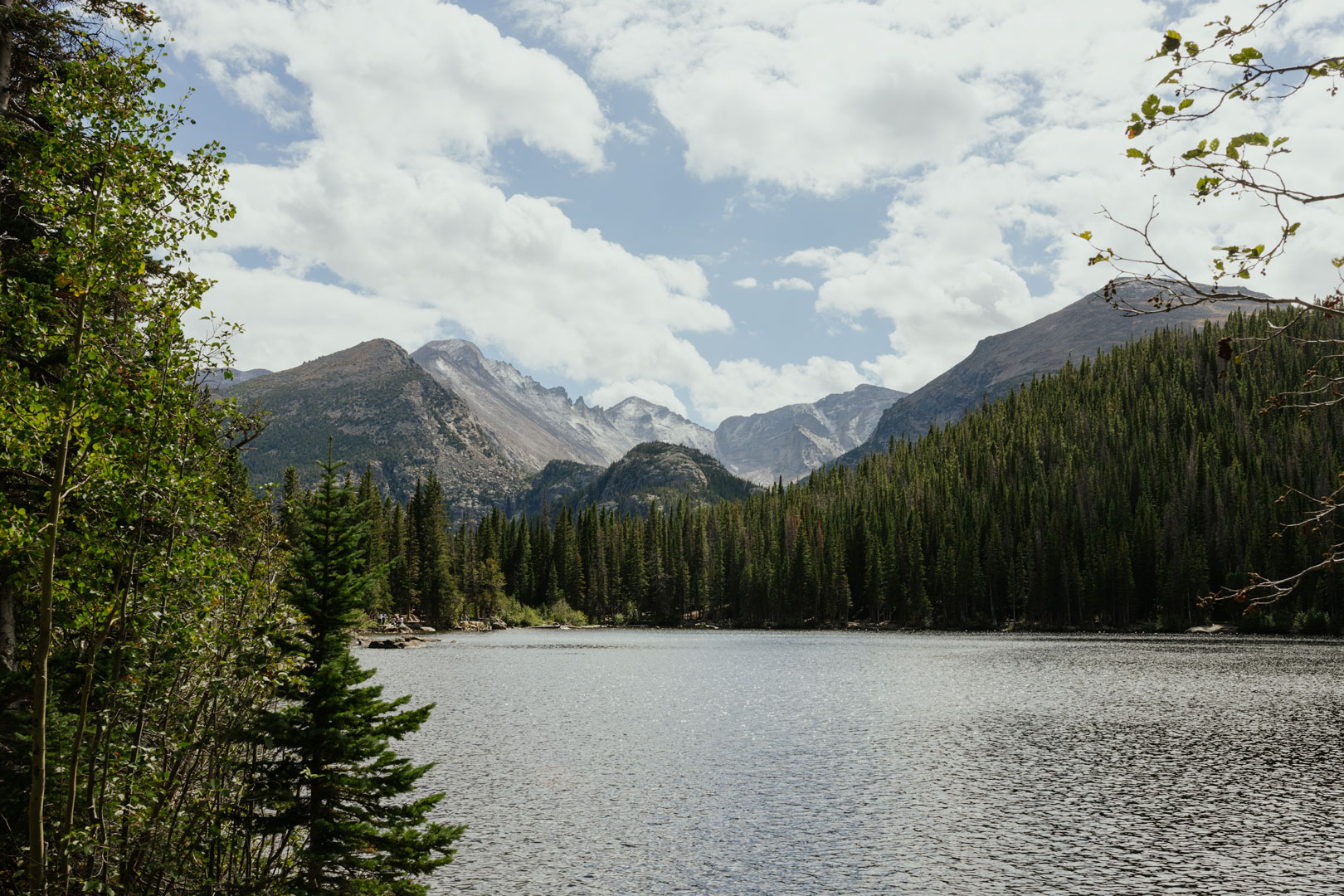
10 Fun Things to Do in Rocky Mountain National Park this Summer
Visiting Rocky Mountain National Park should be on everyone’s Colorado summer bucket list. Imagine lush forests, breathtaking alpine terrain, incredible mountain peaks, and MUCH more. This post will cover the best ways to explore the park, including hiking, driving, horseback riding, and even backpacking.
Know before you go:
Permits + fees are required to visit Rocky Mountain National Park
Timed-entry permits are required to enter the park between May 27th and October 10th. This is in addition to the national park entry fees required all year. Visiting the Bear Lake Road Corridor requires a second timed-entry permit in addition to the one to enter the park. Some of the most popular hikes are in this area, including Bear Lake, Emerald Lake, and Dream Lake.
Additional Resources
Reserve a timed entry permit for Rocky Mountain National Park
Buy a National Parks Annual Pass from REI
Camping (including backcountry sites) must be reserved in advance
If you want to stay overnight in Rocky Mountain National Park, you must make a reservation in advance. Keep in mind sites sell out fast. Like, within days of being released fast. Visit recreation.com as soon as possible to book your site.
ALWAYS keep a safe distance from wildlife & never feed them
For your and the animal’s health and safety, PLEASE respect their space and never feed them. Large animals can easily and quickly injure or even kill people. Small animals can transmit diseases through bites or jumping fleas. Feeding a wild animal disrupts its digestive system, which can result in the animal dying. Additionally, bears that get ahold of human food may be euthanized.
Additional Resources
Animals in Rocky Mountain National Park (Official NPS website)
7 Ways to Safely Watch Wildlife (Official NPS website)
Why you shouldn’t feed wildlife (Official NPS website)
Now that we’ve got that out of the way read on to discover 10 fun ways to explore Rocky Mountain National Park.
10. Go on a picnic
I personally love packing a meal to eat in nature. Whether it’s a simple sandwich or an entire grazing board, food hits differently while surrounded by natural beauty. Rocky Mountain National Park has many great picnic areas. Additionally, you can pack your food on a hike or eat at your campsite. Whatever you decide, make sure to pack your food in a bear container and always clean up after yourself.
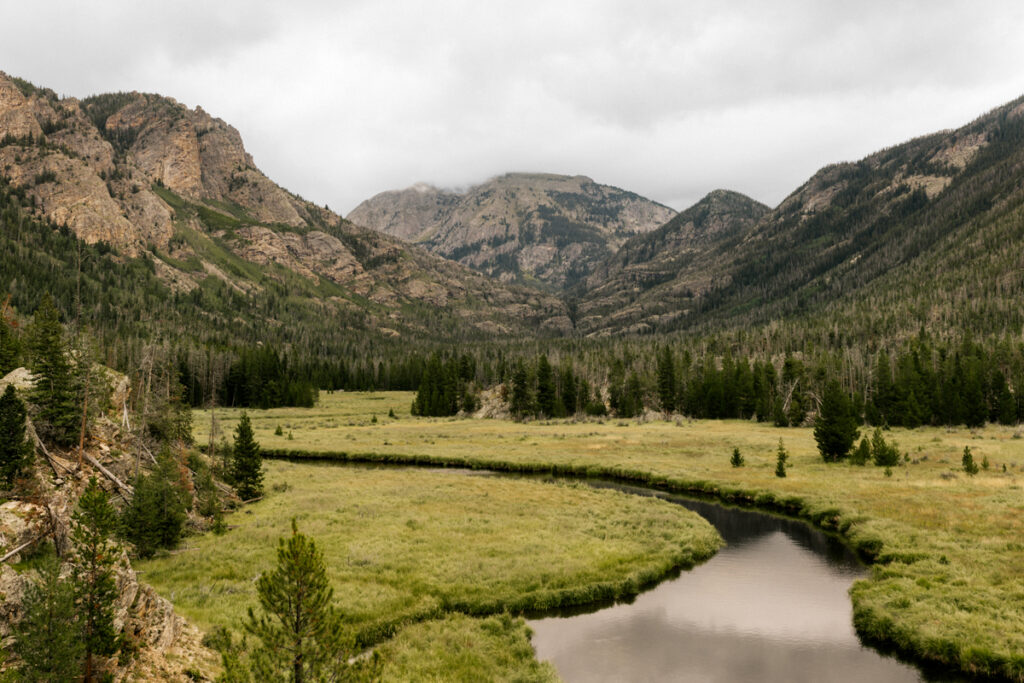
9. Explore the Less Visited Sides of Rocky Mountain National Park
Let’s face it, Rocky Mountain National Park is BUSY. If you want a better chance of solitude while exploring, consider visiting a less popular area in the park.
Due to longer drive times from Denver, the park’s west side sees fewer crowds. The East Inlet Trail next to Grand Lake is an excellent option here.
The Wild Basin is an excellent choice for those coming from Denver. It’s more remote and even closer than the main entrance next to Estes Park.
Those looking for a challenge should check out the Mummy Range. It has long trails perfect for backpacking and plenty of 13ers for mountaineering.
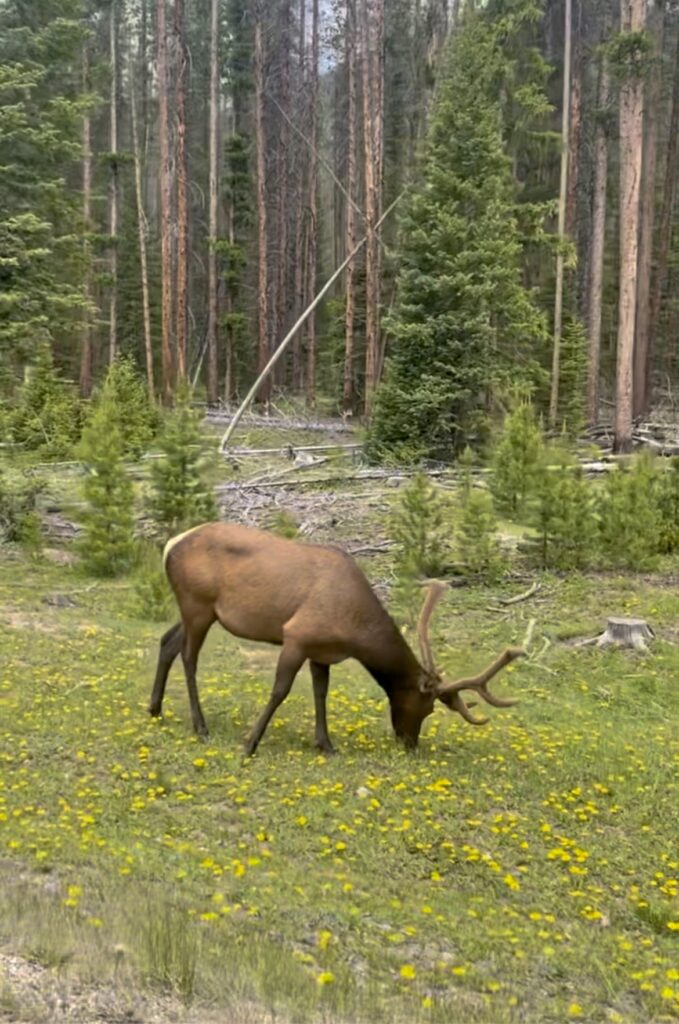
8. See Majestic Wildlife
Rocky Mountain National Park is an incredible place for wildlife watching. Elk herds frequent the meadows, forests, and alpine tundra. Yellow-bellied marmots scurry around high-altitude, rocky terrain. Bighorn Sheep perch proudly on the rocky cliffs.
Taking a scenic drive is one of the best ways to spot wildlife in the park. You can cover the most area while also being protected by your vehicle. Many animals, like elk and marmots, are often seen alongside the roads.
More elusive animals like moose and bears are more likely to be encountered on the trail. You’re more likely to see them at dawn or dusk on less frequented hikes. Moose are often seen around lakes and streams. Remember, keep a large amount of space between the wildlife and yourself.
Caution: Always practice proper wildlife etiquette for the safety of yourself and the animals. Keep a safe distance and never feed wildlife in the park. Not doing so could result in injury or death for you, someone around you, or the animal.
Additional Resources
Animals in Rocky Mountain National Park (Official NPS website)
7 Ways to Safely Watch Wildlife (Official NPS website)
Why you shouldn’t feed wildlife (Official NPS website)
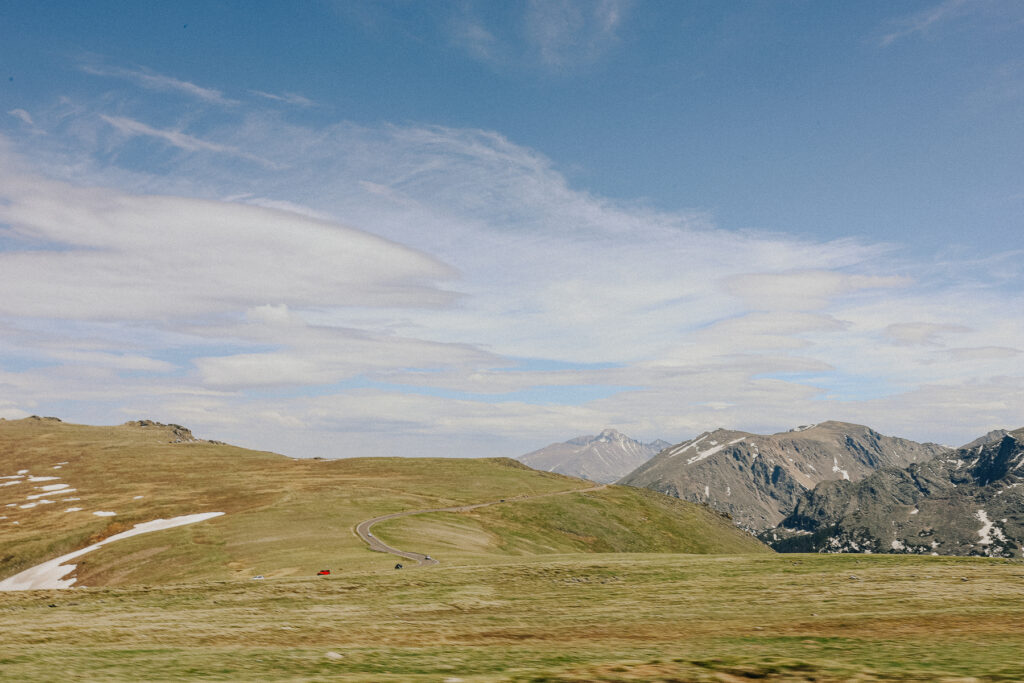
7. Take in the Breathtaking Views on a Scenic Drive
Trail Ridge Road is one of the best ways to easily see the diverse and stunning landscape in the park. It begins in forests and meadows before surpassing the treeline. Along the road, visitors can see high-altitude landscapes typically only available on long and strenuous hikes. You’ll see alpine tundra and incredible mountain views from a high vantage point.
From mid-summer to mid-fall, you can begin a scenic drive on Old Fall River Road on the park’s east side. Then, you can return on Trail Ridge Road. That way, you can see the entirety of BOTH incredible scenic drives!
Additional Information:
Trail Ridge Road (Official NPS website – includes road condition status & planning info)
Old Fall River Road (Official NPS website – includes road condition status & planning info)
6. Go on a Horseback Riding Tour
What better way to take in the beauty of Rocky Mountain National Park than by horseback?? You can see more of the park and get a sweet large animal to join you! You can find outfitters in both Estes Park and Grand Lake. Tours run from one hour to full and multi-day excursions.
Check out these top-rated horseback tours:
Thunder Horse Outfitters (Grand Lake – overnight option available)
National Park Gateway Stables (Estes Park)
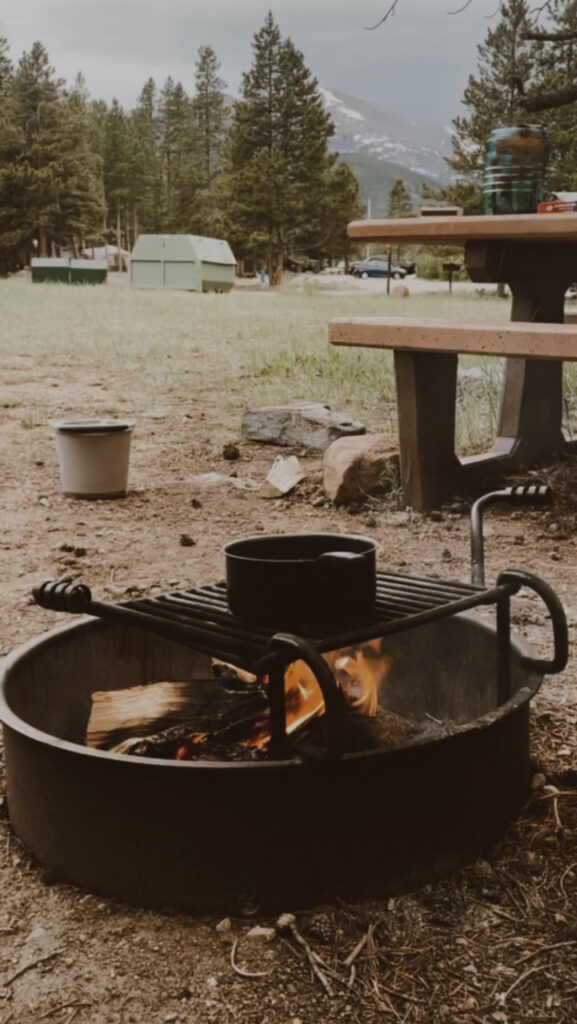
5. Camp Under the Stars
Rocky Mountain National Park has five serviced campsites and over 250 backcountry campsites. Whether you want glamping, simple tent camping, or wilderness backpacking, you can find it here. It’s worth noting that campsite reservations fill up FAST. I mean, like the most coveted times and sites are scooped up within the first few weeks (or even days) of opening. So, if you want to camp in Rocky Mountain National Park (and not on a random weekday), mark your calendars for March 1st. That’s when summer and fall campsite reservations open up on recreation.gov.
Visit the official National Parks Service site for more info on camping in Rocky Mountain National Park.
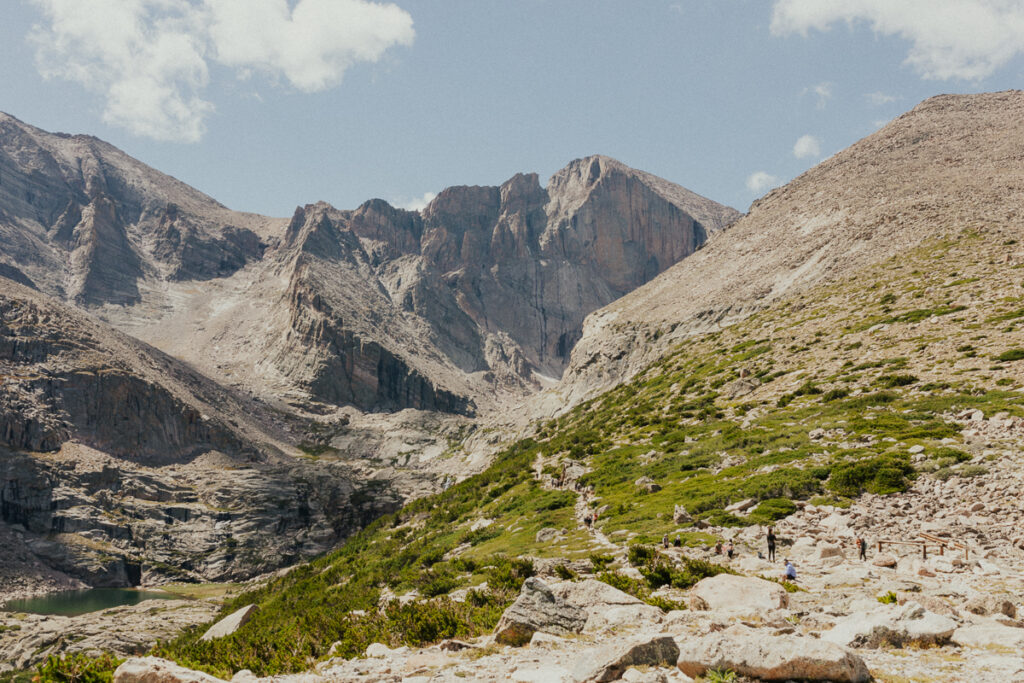
4. Explore Rocky Mountain National Park by Foot on a Beautiful Hike
Rocky Mountain National Park is a hikers’ paradise. You’ll find everything from lush meadows and forests to high-altitude alpine tundra. There’s a massive variety of trails in both terrain, views, and skill levels. Whether you’re looking for an easy nature walk, an epic mountaineering adventure, or something in between, you’ll find it here.
For more information, check our post on the best places to hike in Rocky Mountain National Park.
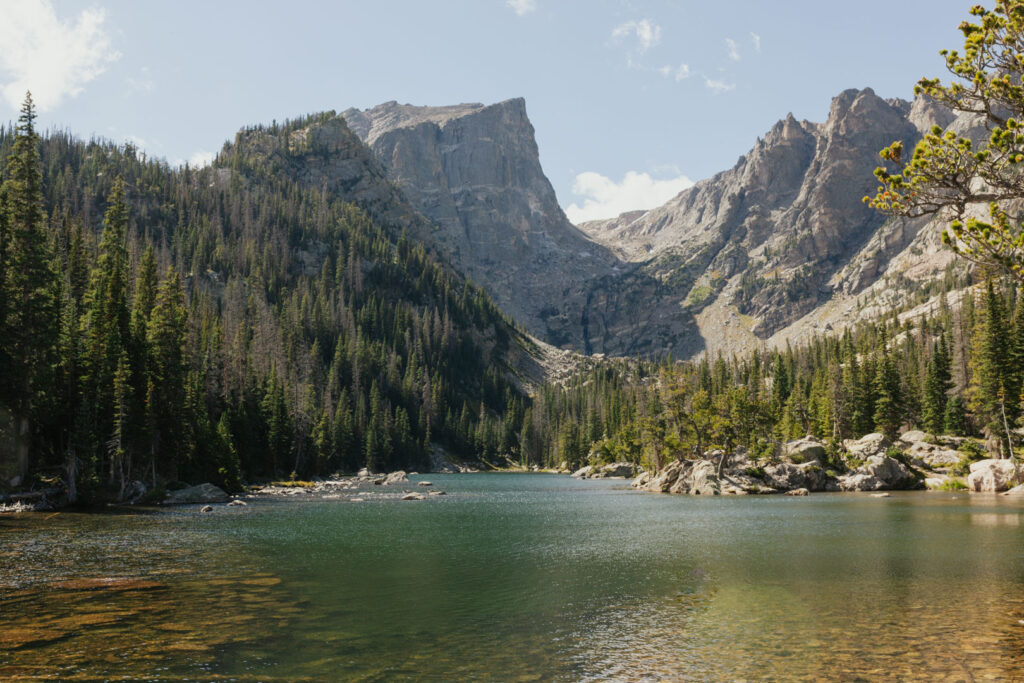
3. Marvel at the Stunning Scenery in the Bear Lake Road Corridor
Speaking of hikes, you can’t miss the spectacular Bear Lake Road Corridor. It arguably has some of the prettiest hikes in the park. Bear, Dream, and Emerald Lakes should be on every first-timer’s to-do list. The legendary Skypond hike is also in this area. If you’re looking for easy trails with epic views, you’ll find these here too. Check out Bear Lake, Alberta Falls, and Sprague Lake.
Interested in seeing the prettiest views in Rocky Mountain National Park? Check out this list of the best hikes in the Bear Lake Road Corridor.
2. Go on an Epic Backpacking Adventure
Love camping and hiking? Take ’em both to the next level with an epic backpacking adventure through Rocky Mountain National Park. This thrilling experience provides the best views and most secluded campsites. You can choose from many overnight and multi-day trips. The Continental Divide Loop is one of the longest in the park at 45 miles. Plenty of shorter trips are also available, like backpacking to Andrew’s Creek campground on the way to Sky Pond.
Additional Resources:
8 Incredible Backpacking Trips in Rocky Mountain National Park from the Outdoor Project blog
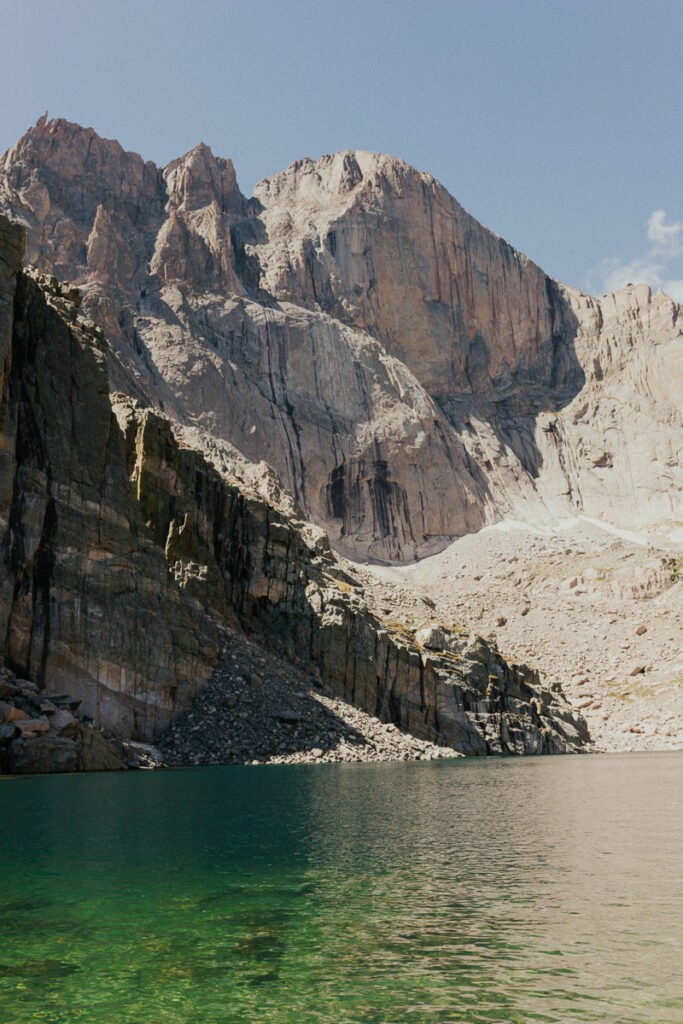
1. Summit One of Rocky Mountain National Parks Tallest Peaks
With a name like Rocky Mountain National Park, you know it has to have some epic mountaineering. Oh, and it doesn’t disappoint. Whether you’re into climbing, bouldering, or simply hiking to the top (with some scrambling, of course!), you can find it here. While the park has 77 mountains with peaks above 12,000 ft, only one is a coveted 14er. Longs Peak sits at 14,255 ft above sea level, and it’s a grueling 15-mile trek to the top. If climbing is your thing, check out this long list of classic climbs on the Mountain Project website. It also goes into great detail about each climb.

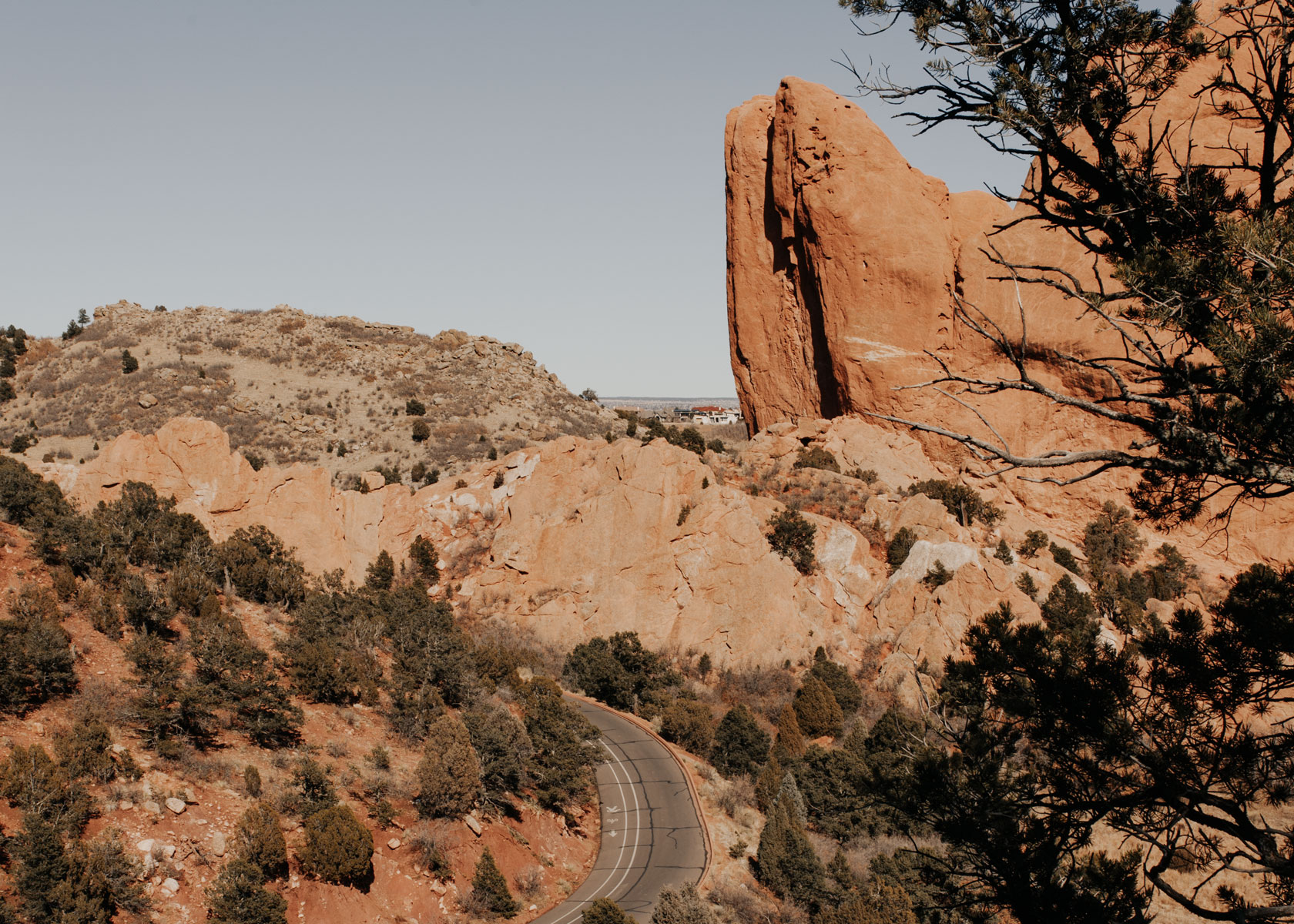


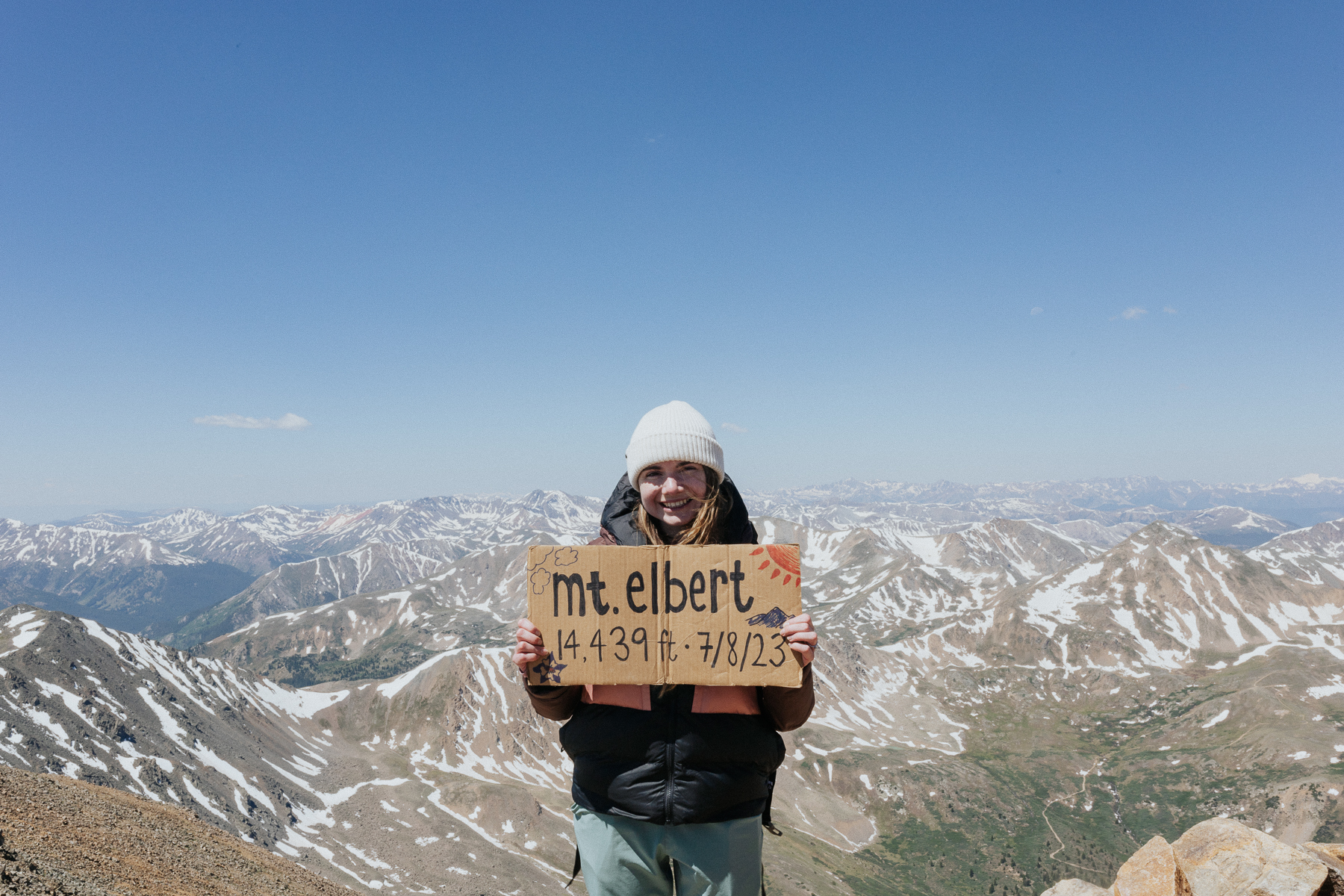

[close]
Comments